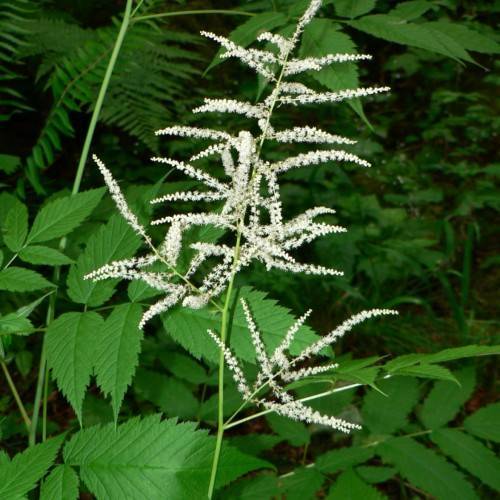
Goat's Beard
Aruncus dioicus var. acuminatus
Also Known As - Bride's Feathers,Sylvan GoatsbeardWatering:
Frequent
Hardiness Zone:
Sun:
full sun
Leaf:
Yes
Growth Rate:
Low
Drought Tolerant:
Yes
Salt Tolerant:
Yes
Thorny:
Yes
Care Level:
Low
watering
For Three-Tip Sagebrush, watering should occur 2 to 3 times per week during the growing season (April through September) using approximately 1 inch of water per session. The timing of watering is important in order to prevent the roots from becoming waterlogged or drought stressed; water it early in the day to allow enough time for the foliage to dry before evening. During the winter when the plant is dormant, you should water approximately once every 3 weeks.
sunlight
Three-Tip Sagebrush, or Artemisia tripartita subsp. tripartita, requires full sunlight in order to thrive. This species of plant is native to the western United States and surrounding areas, and prefers to receive up to 8 hours of sunlight each day. Sagebrush does best when temperatures are consistently warm, so in regions with harsher winters, a south-facing window may be necessary to provide sufficient heat and light. Additionally, Three-Tip Sagebrush should not be placed in direct draught, but rather in an area with good air circulation.
pruning
Three-Tip Sagebrush should be pruned in early to mid-spring. Prune as much as necessary to shape and maintain the plant's preferred size and form. Be sure to prune it in stages with each pruning only removing 1/3 of the total growth at a time in order to avoid over-pruning it.
